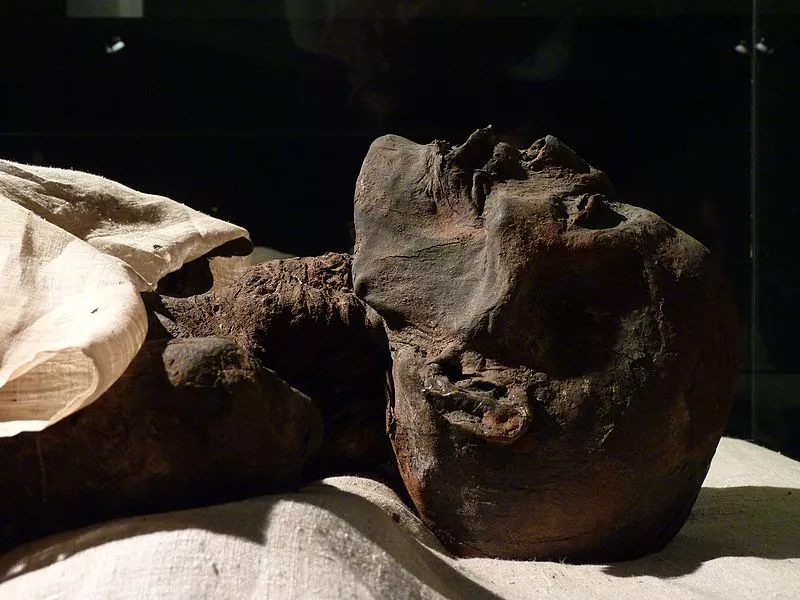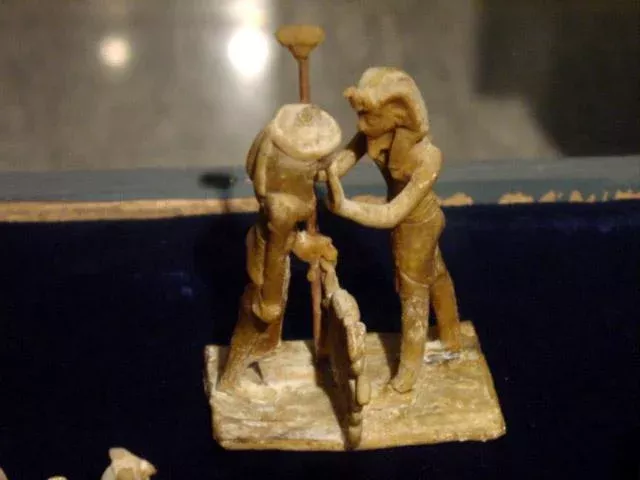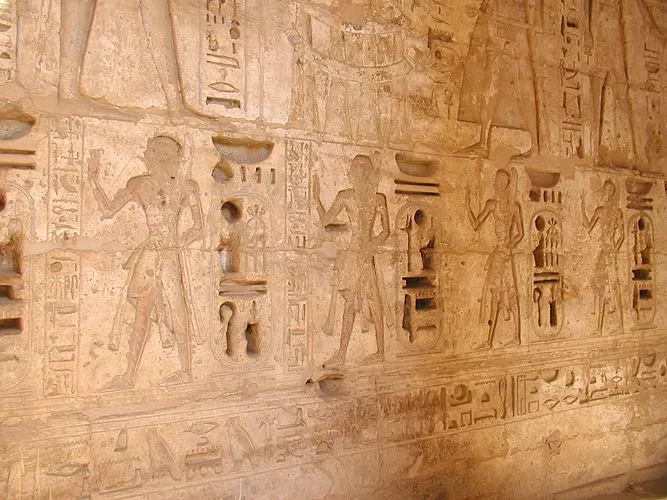Ramesses VI
KV9, located in the main wadi of the Valley of the Kings, is thought to be the tomb of Ramesses VI. The tomb is said to have been initially constructed by Ramesses V, but later, his uncle started redesigning it as his own. The tomb's layout is similar to those built in the 20th dynasty but simpler than KV11. The tomb was first shown to the public in an episode of the 2005 BBC documentary series How Art Made the World.

Unique Features Of KV9
KV9 is one of the most impressive tombs in the Valley of the Kings. The theological decorations of the tomb illustrate ancient Egyptian creation stories about the heavens and earth, depicting how the sun, light, and life were created. A pit in the burial chamber that remained unfinished is also a remarkable feature. The rear wall of the burial chamber has unfinished pilasters and comprehensive platforms showing cuttings on the central sunken floor, which are again unfinished. Decoration featuring a large number of texts and scenes is another noteworthy fact.
Details About The Tomb
The theological decorations of KV 9, which depict fundamental elements like the creation of the sun and the daily journey in the world of darkness, certainly make this tomb one of the most interesting in the Valley of the Kings. The decorative plan of KV9 is said to be one of the most complete and sophisticated in the entire Valley and all of Egypt.
Ramesses VI is said to have enlarged the tomb. However, it is still unknown why he did not build a new tomb instead of reusing that of Ramesses V. The inscriptions in the first part indicate a certain similarity between the two kings, who shared a common theological focus.
The tomb has a ramp at the entryway, three corridors, a chamber, a pillared chamber with a central descent, two lower corridors, one more chamber, a vaulted burial chamber, and an additional chamber at the back.
Exceptional Discoveries At KV9
The wide corridors and height of the ceilings offer a less claustrophobic feel to the tomb KV9 than other tombs built during the same period. The decorations inside the tomb are done with vivid colors on a white background, giving it a bright, fresh look. The hieroglyphics are somewhat different from the earlier tombs but have an overall stunning effect with their fascinating subject matter. The texts inside the tomb have been taken from the Book of Gates, Book of Caverns, and Book of the Heavens, shown in incomplete excerpts. The emphasis on the sun god Ra is a prominent feature in the text, and the decorations give extra attention to astronomical subjects. Excerpts from the Book of the Earth are also seen for the first time in a tomb in KV9's large burial chamber, which is also spectacularly decorated.
















